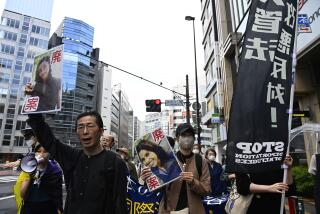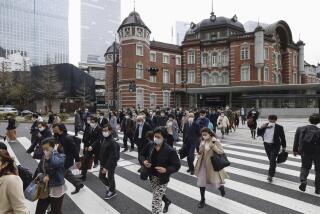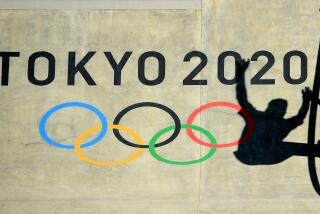Japan wanted to showcase innovation. But these Olympics may be remembered for bureaucracy
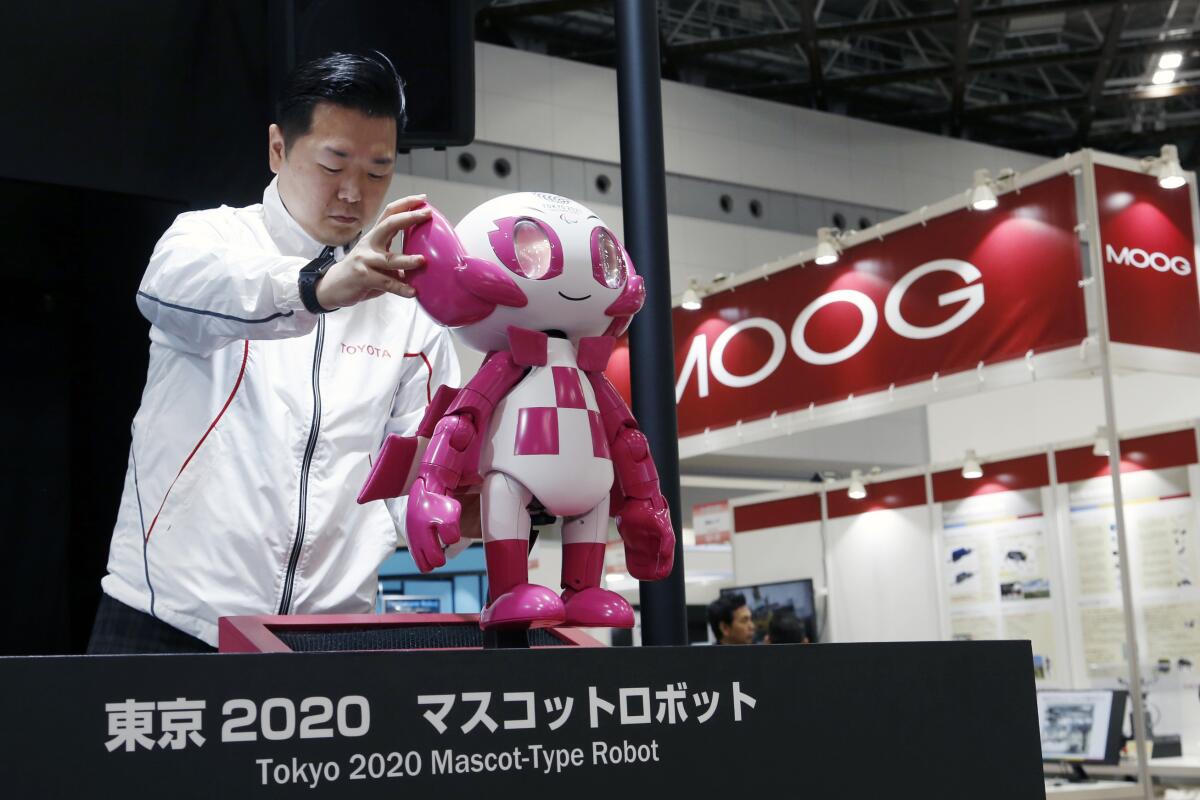
- Share via
TOKYO — The Olympic promos playing ad nauseam in the lull between events showed Japan in a futuristic light: Tokyo awash in a neon glow, trailing lights zipping from one stadium to the next, giant holograms of athletes hovering atop high-rise buildings.
These were supposed to be “the most innovative Games in history” — robots greeting spectators and helping retrieve javelins; augmented reality projected over lanes at swimming; 5G-enabled multi-angle viewing along the golf course.
Even the name of the official mascot, Miraitowa, was coined by combining the Japanese words for “future” and “eternity.”
But like much else these days, most plans were upended by the pandemic. And Olympic visitors now filtering out of the country after Sunday’s closing ceremony will likely remember not the technological advances but the reams of paper forms, glitchy apps and sclerotic bureaucracy that made up its anti-COVID-19 measures.
Faced with mounting public anxiety over tens of thousands of athletes, support staff and media from around the world entering the country, Japan responded the best way it knew how — by throwing up a labyrinth of bureaucratic procedures. Multiple 70-plus-page playbooks detailed a mountain of restrictions and regulations. A laundry list of required forms and apps caused hours-long waits for visitors arriving at Tokyo’s airports. Throughout the two weeks, an army of flustered volunteers and staff did their best to instruct Olympic personnel and Japanese citizens on the myriad restrictions governing the Games.
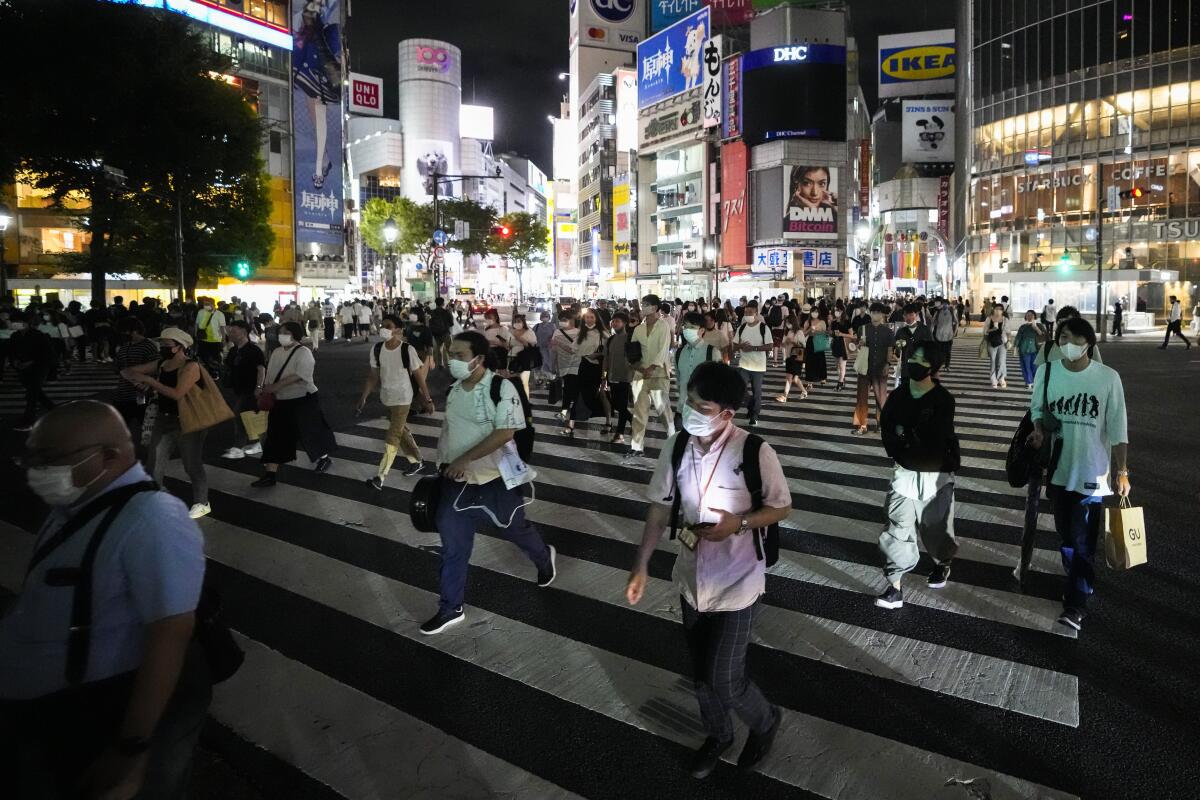
“The systems in Japan are some of the best in the world. There’s excellent public transit, some of the fastest trains, your food is delivered early,” said Roland Kelts, author of the book “Japanamerica” and visiting professor of media and culture studies at Tokyo’s Waseda University.
But in its failure to roll out vaccinations in time for the Games despite having secured a supply early on (due to requirements for additional trials and a decentralized distribution system relying on individual municipalities), and in nonetheless pushing ahead with the Olympics despite overwhelming public opposition, Japan’s performance as a host nation highlighted the downsides of its meticulous, rigid bureaucracy, Kelts said.
“It works really well when things are stable.... That approach is deeply flawed when you have a crisis or something out of the ordinary,” he said. “An event that was meant to highlight Japan’s strengths and virtues is highlighting its weaknesses.”
Although it will be a couple of weeks before the full pandemic consequences of the Games become clear, for now, infections within the Olympic bubble stand at about 150 among foreign visitors out of more than 42,000 arrivals. Including residents of Japan, 430 have tested positive for the virus since July 2.
Yet beyond the Olympic venues, Tokyo has been logging record numbers of infections, topping 5,000 this week, in the midst of a festive mood with Japanese athletes winning an unprecedented number of medals.
Despite its futuristic depictions in popular culture, Japan is in many ways a place where old technologies die hard. It’s a land where many still insist on sending and receiving documents via fax, and bureaucratic procedures can mandate a carved personalized seal known as the hanko. Here, paper forms still reign supreme in certain sectors, and diversion from set procedures can cause a flustered panic.
Japan’s slow-to-change ways have hampered the country’s response to the coronavirus. Although the country has seen low levels of infections and deaths relative to the U.S. and Europe, it’s had higher levels than its Asian neighbors. In April 2020, a pulmonologist complained in a viral tweet about the inefficiency of having to hand-write diagnoses and fax them to the local health office in the midst of an emerging pandemic.
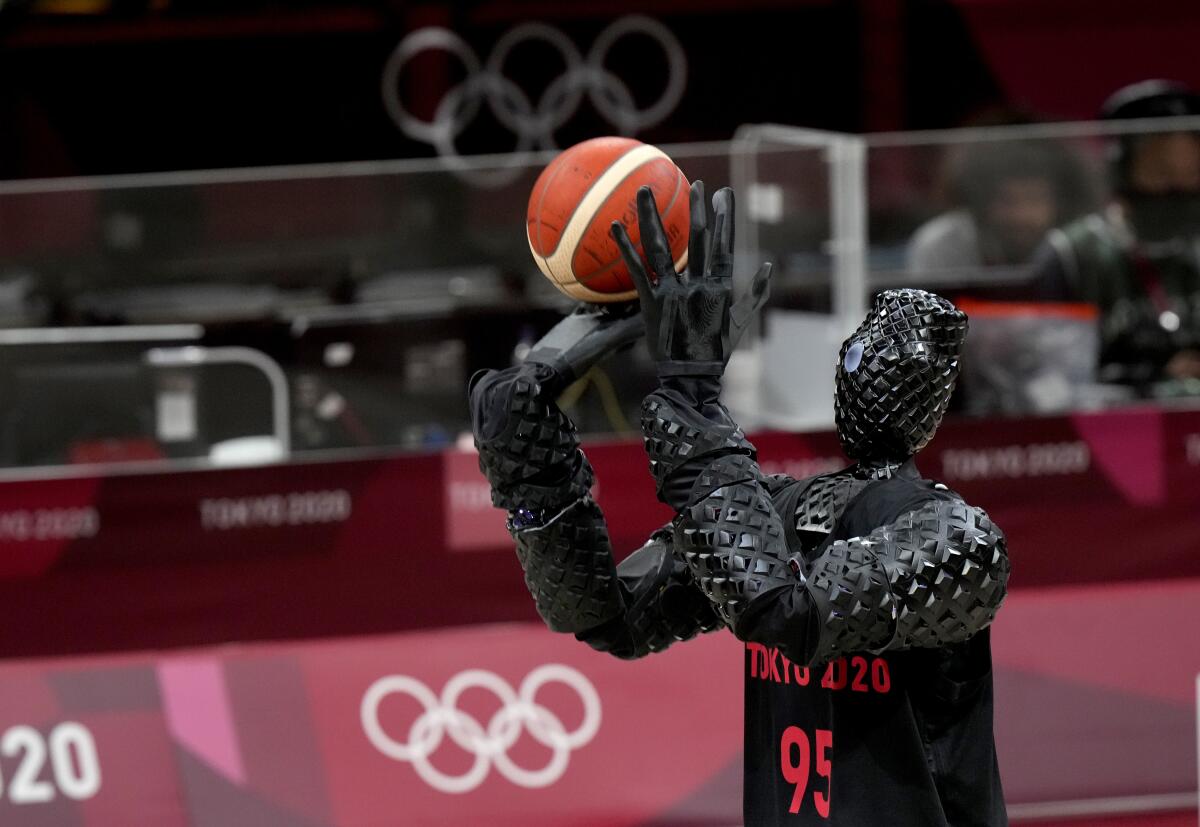
“Such a scheme dating back to the analog age left the staff at public health centers exhausted and made it difficult for the government to grasp the nationwide situation on infections on a real-time basis,” an independent commission that reviewed Japan’s response to the pandemic later wrote in its report.
Despite the government urging people to work from home as the outbreak escalated, many employees continued to go into the office in person to use the fax machine or meet business contacts in person because contracts couldn’t be completed without the seal. Japan’s minister of administrative reform, Taro Kono, decried the hanko stamp and fax machines as the biggest hindrances holding the country back.
Then came the Olympics, an organizational high-wire act even without a global pandemic raging with contagious variants.
“It is not that the Japanese bureaucracy is flawed, but that it is no longer fit for today’s times,” Tetsuya Sakashita, managing director at JIPDEC, a foundation promoting information technology and digitization, wrote in an email. “The stove-piped system for organizing the Olympics was inefficient in some areas.”
Olympic visitors were greeted with a dizzying alphabet soup of apps and systems: the ICON (infection control support system), the COCOA (contact confirming app) and the OCHA (online check-in and health report app). OCHA, which was supposed to be the first line of defense to monitor foreign guests’ health conditions for potential COVID-19 symptoms, malfunctioned for a number of athletes and journalists upon their arrival, causing delays at the airport.
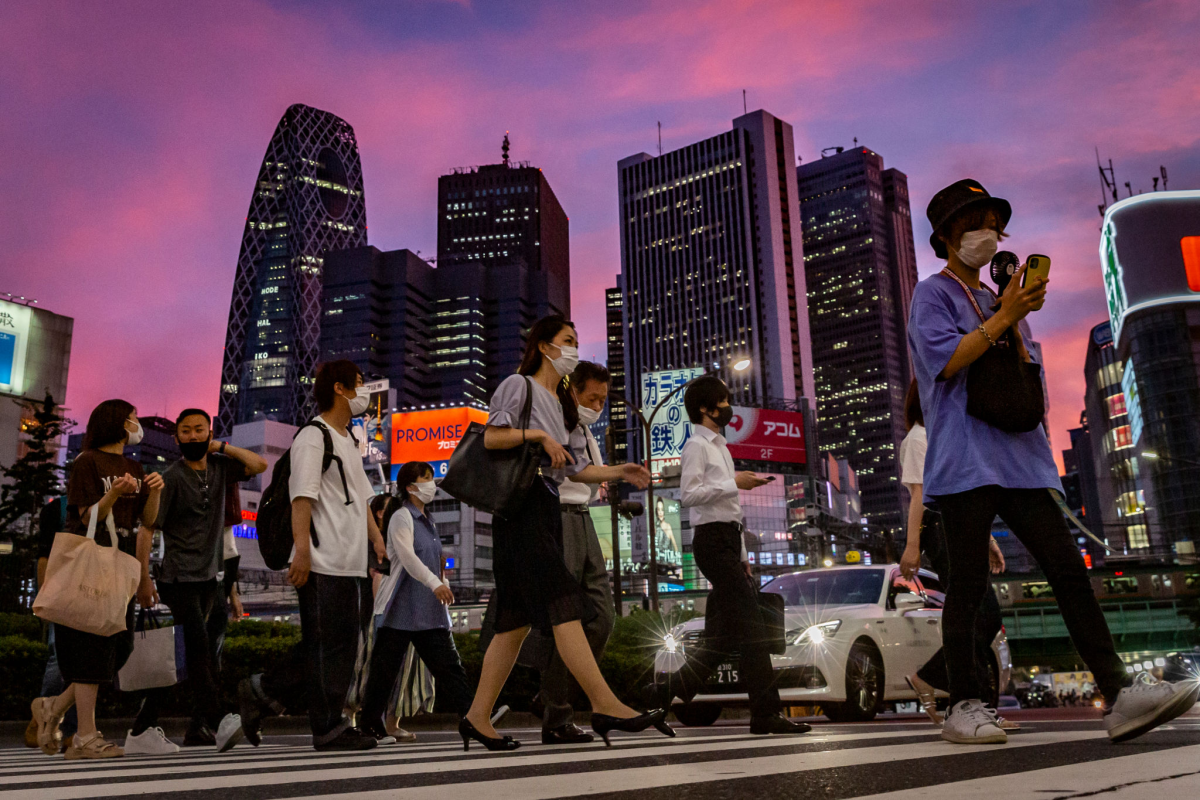
That was only a sliver of the larger bureaucratic tangle forming Japan’s pandemic response for the Summer Games. Beyond the bubble, officials offered systems including the V-Sys and VRS (vaccine recording system) for vaccines, the EMIS (emergency medical information system) and G-MIS (gathering medical information system) for hospitals, the NESID (national epidemiological surveillance of infectious diseases) and HER-SYS (health center real-time information-sharing system) for infection control. Journalists and other observers in Japan criticized the jumble of systems for being confusing, redundant and not integrated.
Kelts said Japan’s pandemic response and Olympic preparation were crippled by what he called “systemic myopia.”
“So many people in the system are focused on the small task they’re assigned that almost no one steps back and looks at the bigger picture of what the goal might be,” he said. “If the people at the top say this is going to happen, it becomes a wheel of inevitability.”
Motoyuki Shibata, a Tokyo-based literary translator and founder of the literary journal Monkey, said the same tendencies behind the adherence to outdated practices were at the core of inflexible political leadership and the pandemic response.
“The mentality that lies behind it is, well, this is the way we’ve been doing it for a long time, so why not keep it?” he said. “There might be something wrong in the new way.”
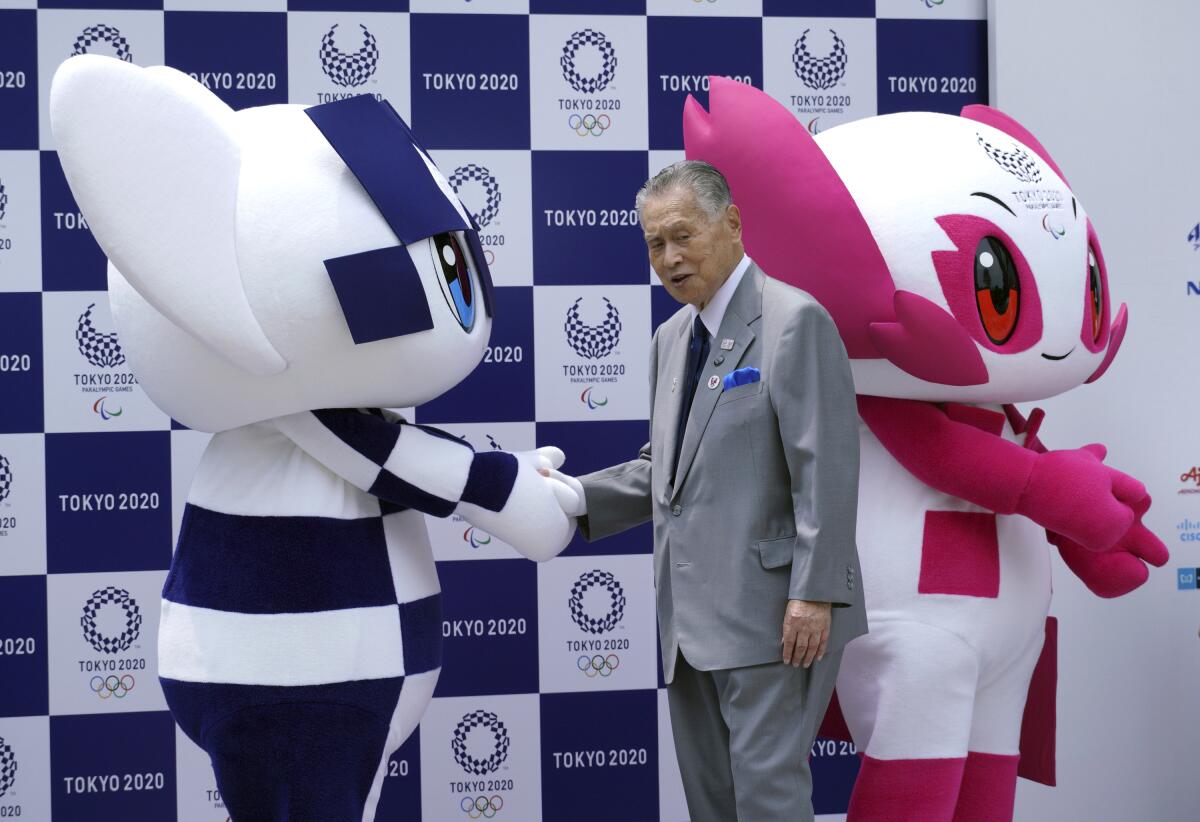
Shibata said he thought that, despite public criticism, politicians wouldn’t pay for poor decision-making and, at the end of the day, Japan would emerge from the pandemic and the Olympics without fundamental changes to its leadership or social systems.
“We are once again missing the great opportunity of turning a disaster into a great chance to improve things,” he said. “The older people who have the power don’t really get profit by changing things. They feel safer, and they don’t lose, by clinging to the older ways.”
Rochelle Kopp, a management consultant who works with companies in Silicon Valley and in Japan, said the country’s Olympic protocols seemed to be based on the perhaps misguided premise that the disparate visitors from around the world would conform to Japanese bureaucratic norms. But athletes, including medalists, have been stripped of their credentials for failing to adhere to regulations, and local media have been reporting foreign visitors’ misdeeds that run afoul of the protocols outlined in the playbooks.
“Following rules is considered very, very important. With the Olympics, there is this giant set of rules, and the Japanese believe people will be following the rules,” she said. “Being in Japan during the coronavirus has definitely reminded me or been a more intense experience of bureaucracy. It’s been a real look into how this bureaucracy works.”
Sunday’s closing ceremony ended with a woman and children gazing into a field of stars, meant to symbolize “passing on a legacy to future generations.”
In the shorter term, though, Japan will have to face the still uncertain public-health aftermath of the Olympics. Only then will it become more clear how these pandemic Games will be remembered.
More to Read
Sign up for Essential California
The most important California stories and recommendations in your inbox every morning.
You may occasionally receive promotional content from the Los Angeles Times.
